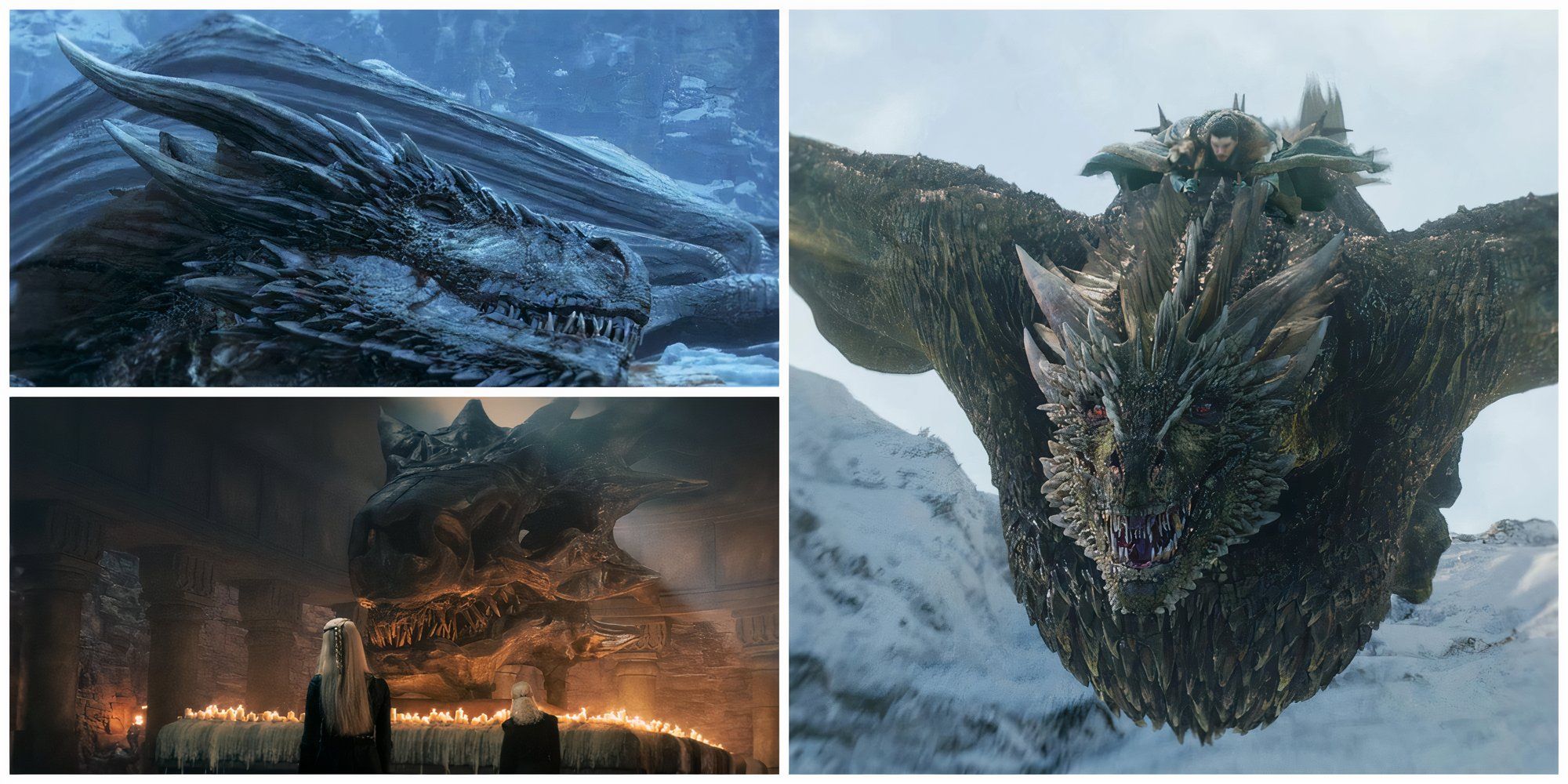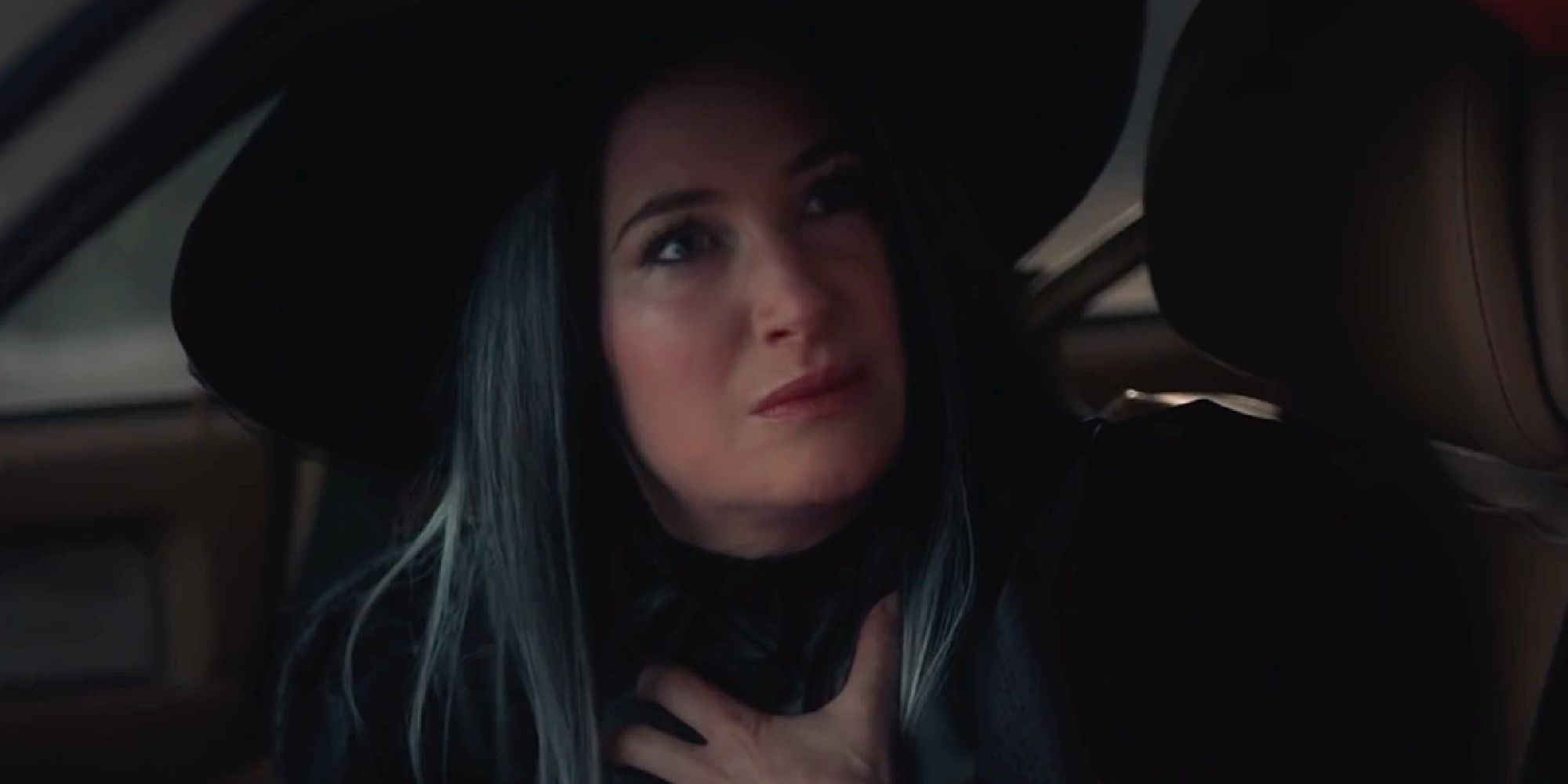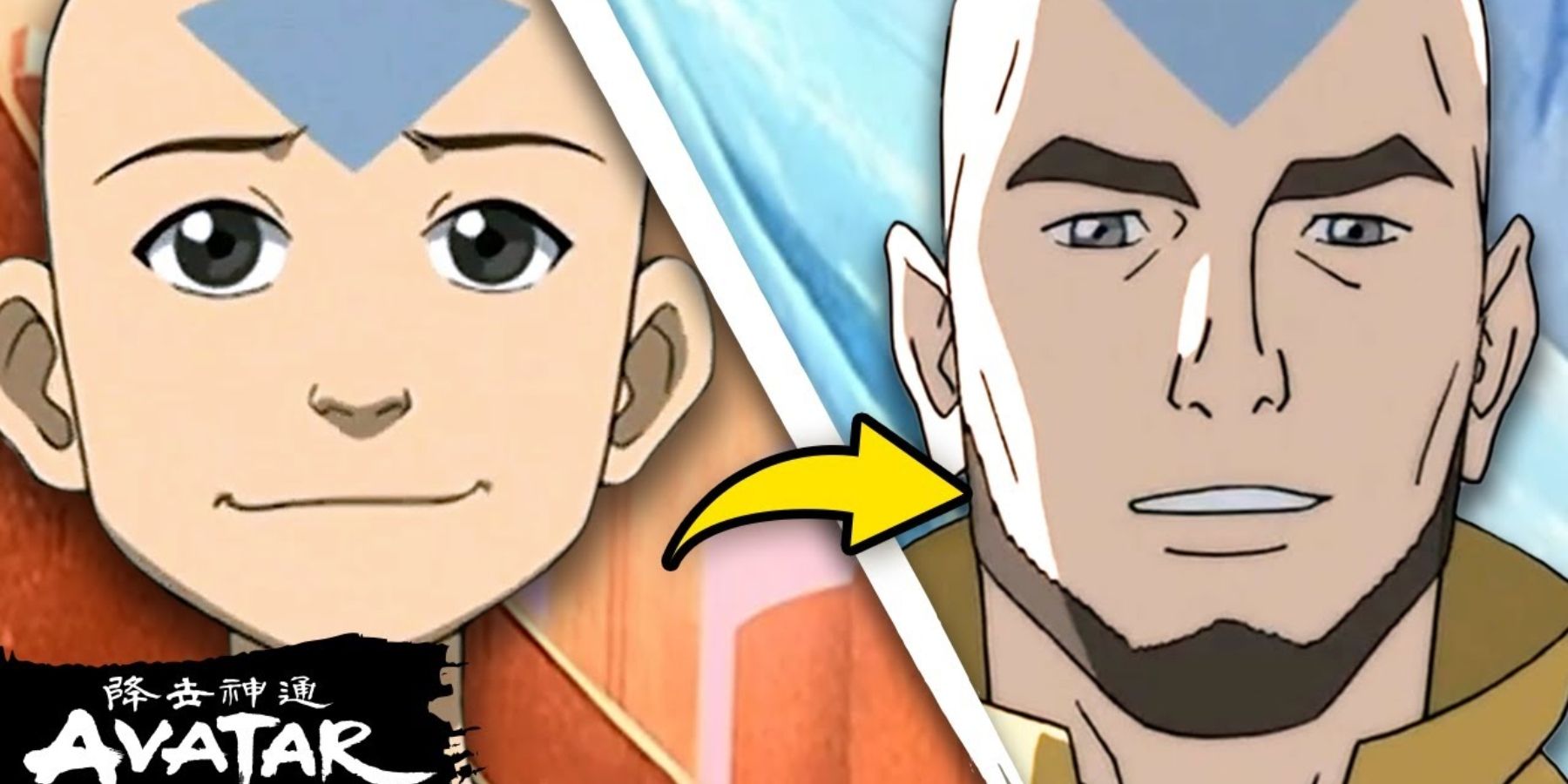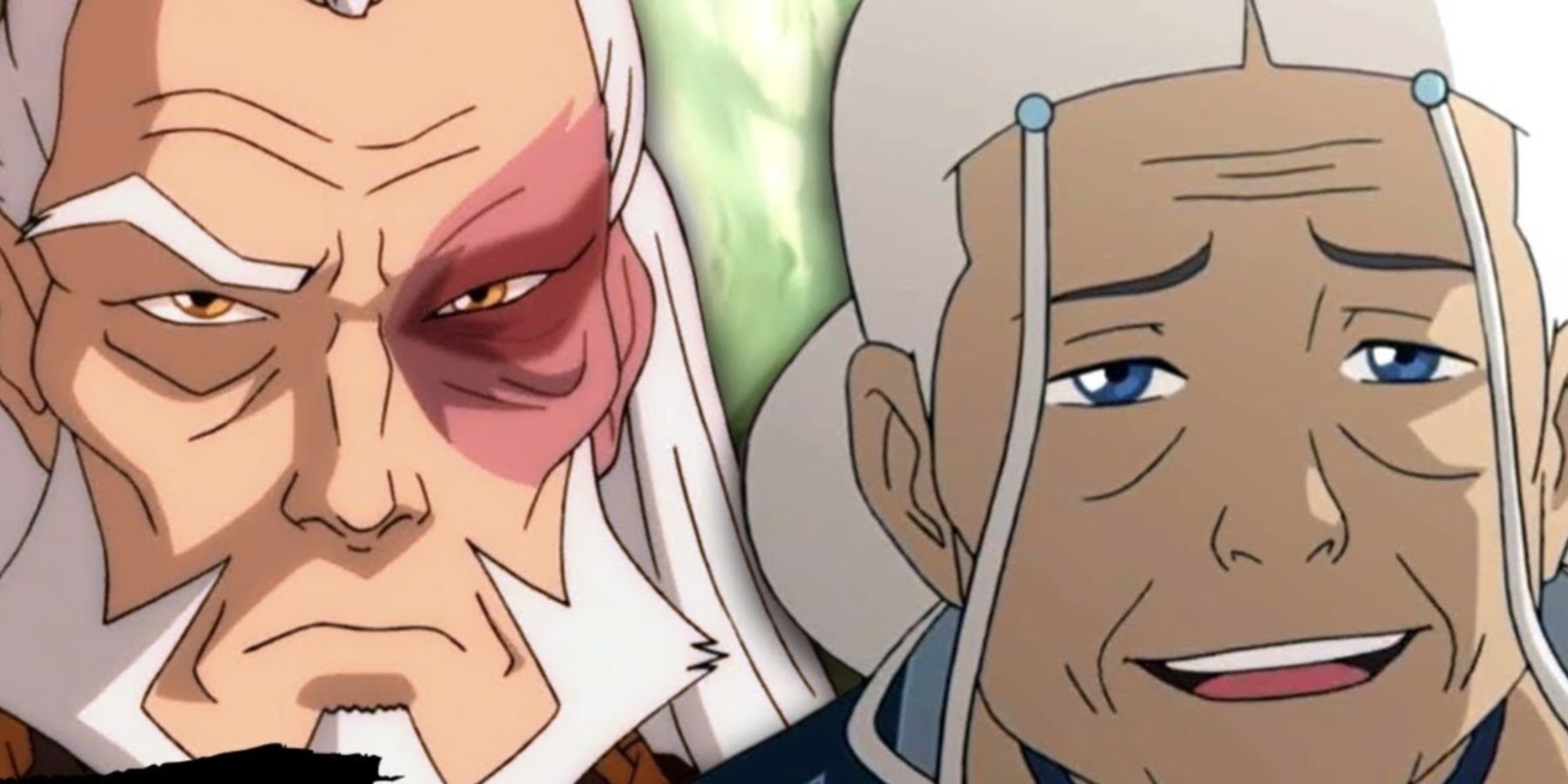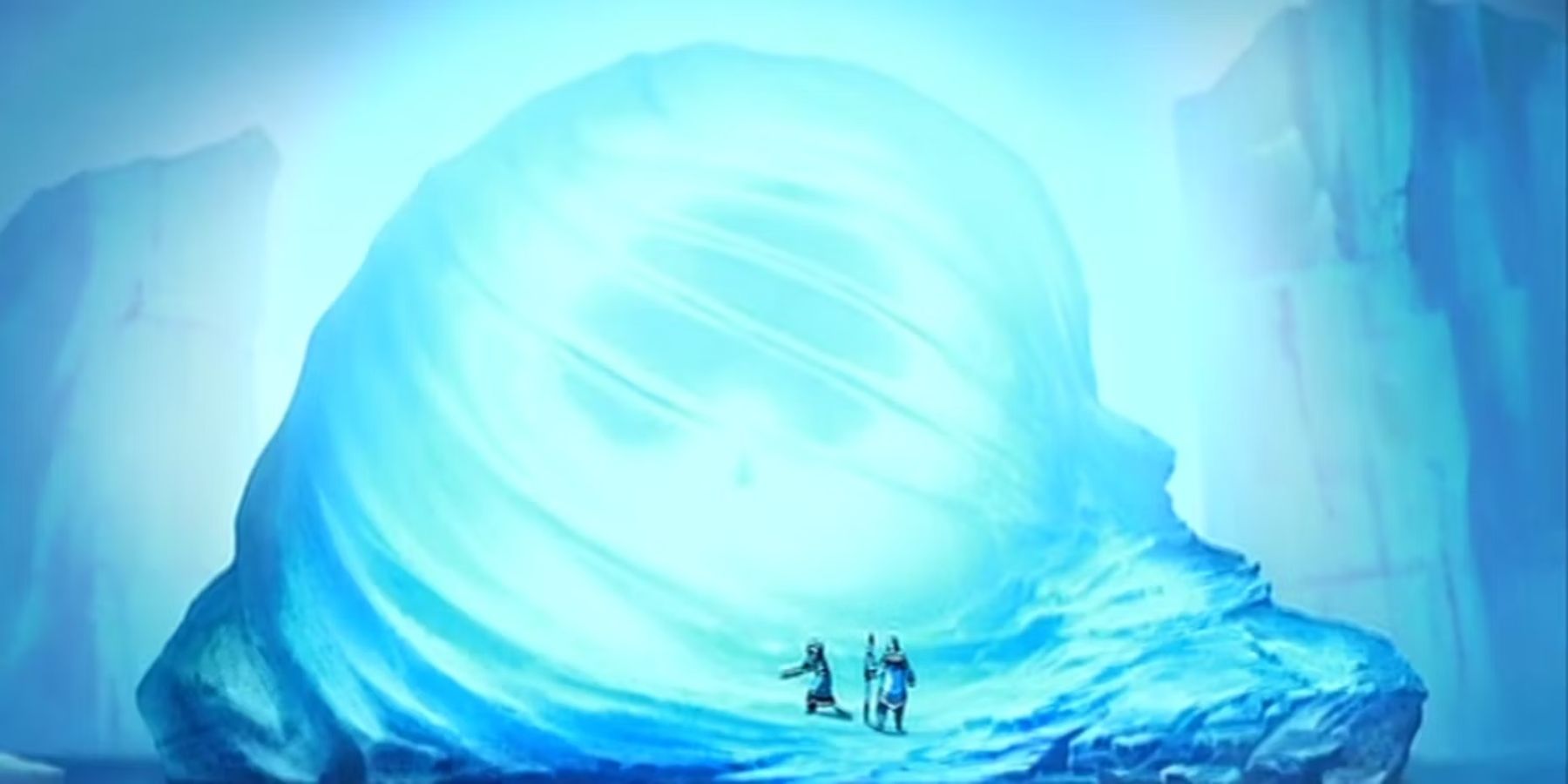One of the most interesting things for many fans about the Legend of Korra was the way in which the producers managed to keep the spirit of Aang alive in the program, despite the fact that the character had died several years prior. Of course, this came as no surprise, for the very existence of Korra, the next Avatar in the cycle, born into the Water Nation, meant that Aang could no longer be alive by default, but nevertheless, the show runners made several references to his character, both through the vessel of Korra and her communication with her past Avatar lives, and through Aang’s children and their accounts of their upbringing with him. However, one thing that the show didn’t elaborate too much on, was the manner of Aang’s death itself.
Avatars are known to live extraordinarily long lives, both because of their harmony with the spiritual world, and because of their great power. The Earth Avatar who came in the cycle before Aang, Avatar Kyoshi, one of the most interesting protagonists, lived a long life of peace keeping for 235 years, which is what makes her one of the most formidable and well-loved examples in the show. The next Avatar in the cycle, the Fire Avavatr Roku, only lived to the age of 70, but that’s because he didn’t die of natural causes, he gave his life to try to stop the impending war, created by his childhood best friend Fire Lord Sozin, who was the reason behind why the Fire Nation killed the Air Nomads. Then, the cycle came to Aang, who dies peacefully of natural causes, but at the remarkably young age of 66, in comparison to Kyoshi before him. So why did the air nomad pass so quickly?
There is both a logistical answer, in terms of the making of the program, and also an in-world answer that could provide a possible explanation in line with the character’s narrative. The former, is that the producers of the show wanted to find a way of documenting the journey of the next Avatar (Korra) whilst also keeping some familiar faces and well-known characters in the show. In order to do so, they had to have Aang pass quite young, so that Korra could grow old enough to battle and engage in her elemental training, but still be young enough that it was plausible for characters like Katara and Zuko, one of the best characters on the show, to still be alive and be around to help guide her in times of trouble.
Korra’s world has moved forward a huge amount since the adventures of young Aang, Katara and Sokka, into a much more steam-punk, mechanized age, where political uprisings and dangerous vigilantes have made the world dangerous for benders, and so it makes sense that Aang and his peaceful air nomadic ways wouldn’t belong in this fraught world, therefore the show had to give him a respectful but realistic end to his journey.
The other, more in-world explanation for the premature death of his character, is that, in some ways, he could actually be considered to be 166 at the time of death, which is not so young after all. Considering that in the very first pilot episode of The Last Airbender, Aang is awoken, having been encased in a solid ball of ice beneath the sea for just over 100 years, he has technically been alive during that time. Although he awakes and is still in the body and mindset of a 12-year-old boy, having been frozen for all that time, his body remained awake and alive to some extent. And not only was he alive during that time, he was also in a spiritual state somewhere between the waking world and the Avatar state, which means that his body was using huge amounts of his cosmic energy just to keep him alive in there. In this way, he used up much of his extended life force during the inactive years of his existence, before he even learned to master any of the elements.
He also underwent huge transformations of power within his Avatar state, in the years that he was active as the peace-keeper of the world, including the first known example of energy bending when he took the power from Fire Lord Ozai. This would have exerted huge amounts of impact on his body and his spiritual reserves, which may have contributed to his earlier departure from the world. Nonetheless, he lived a good life whilst he was on the earth and died a peaceful death surrounded by his wife and children. And not only that, he died knowing that a new generation of nomads would come after him, and that he was no longer the last air bender after all.

